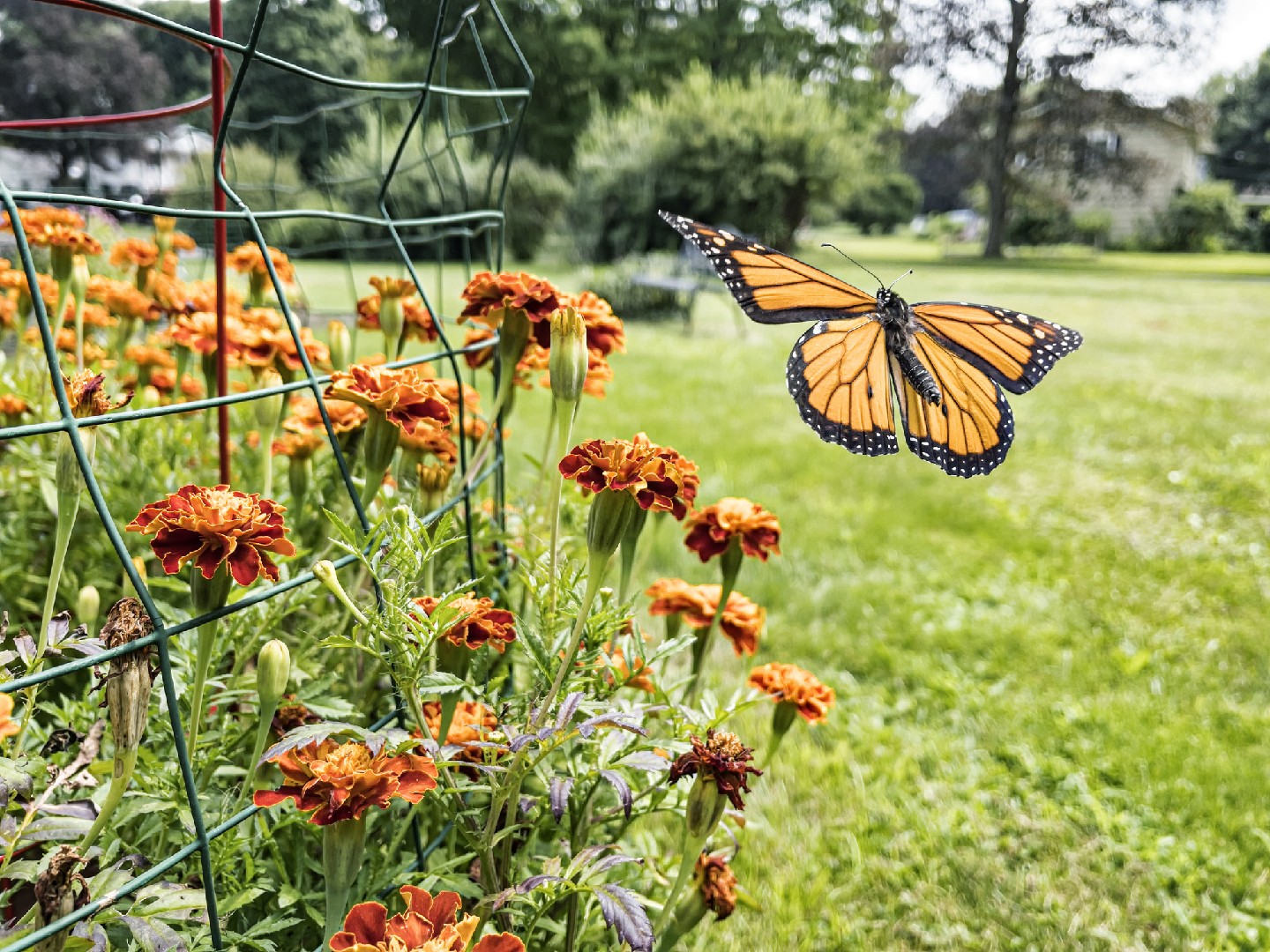![Rectangle]()
Planning Your Eco-Garden: Design Elements to Consider
When it comes to creating an eco-garden, planning is essential. By carefully considering the design elements of your backyard, you can create a sustainable and wildlife-friendly space that benefits both the environment and local wildlife.
One important design element to consider is the use of native plants. Native plants are key in encouraging local wildlife to visit your garden. These plants have adapted to the local climate and provide food and shelter for native animals, birds, and insects. By incorporating a variety of native plants in your eco-garden, you can attract a diverse range of wildlife species. Additionally, native plants are generally low-maintenance, as they are adapted to the local conditions, reducing the need for pesticides or excessive watering.
Water features are another important design element that can enhance the sustainability of your eco-garden. Consider incorporating a pond or a birdbath to attract birds, butterflies, and other wildlife. Water sources are essential for animals to drink, bathe, and reproduce. By providing a water feature, you are creating a valuable habitat for local wildlife. It's important to ensure that your water feature is designed with the needs of wildlife in mind. For example, adding shallow areas in a pond allows small animals, like frogs and insects, to access the water easily.
In addition to native plants and water features, utilizing natural fencing options can provide shelter for wildlife in your eco-garden. Instead of traditional fencing materials such as metal or wood, consider using hedges, living green screens, or natural hedgerows. These options not only create a barrier but also serve as habitats for birds and insects. Hedges and living screens can provide shelter and nesting sites for birds, while hedgerows act as wildlife corridors, allowing animals to move between different areas of your garden.
When planning your eco-garden, it's important to consider the overall layout and arrangement of these design elements. Create different levels and layers within your garden to provide opportunities for wildlife to find shelter, forage for food, and navigate the space. Include a mix of trees, shrubs, and ground covers to create a diverse habitat. Consider leaving some areas undisturbed or "wild" to provide natural habitats for wildlife.
By incorporating these design elements into your eco-garden, you are creating a sustainable and wildlife-friendly space that benefits the environment and local wildlife. It's important to remember that every garden is unique, so adapt these ideas to suit your specific location and conditions. By planning thoughtfully and incorporating these design elements, you can create an eco-garden that not only looks beautiful but also provides a valuable habitat for local wildlife. So grab your sketchpad and start planning your sustainable wildlife garden today!





